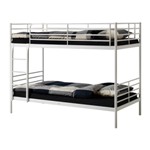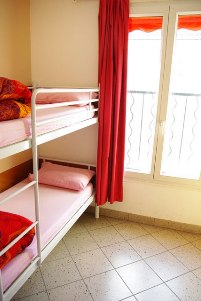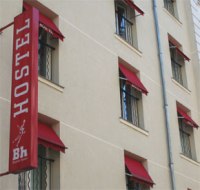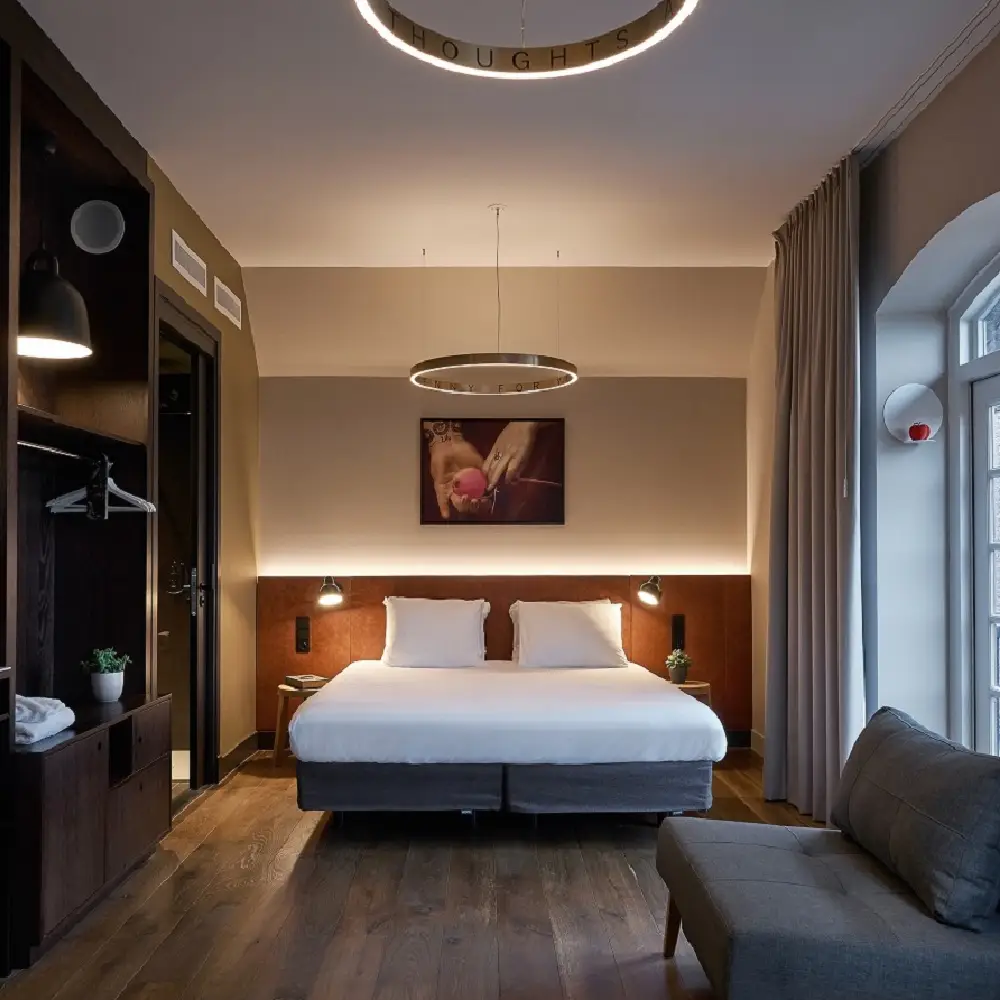
Taking a closer look at the results, with an incremental accommodation revenue of nearly €90.000 generated in the second part of 2013, and continued growth in 2014 (looking at a 10% to 12% revenue increase in Q1) we again can conclude we are delivering a solid ROI. Moreover it is proof to the fact that revenue management can be applied to different types of lodging properties, and is not only applicable to hotels. And maybe most importantly we have found that there is almost no resistance level to dynamic pricing and yielding from the ‘backpacking’ hostel consumer. It all boils down to a structured approach, and setting yourself up for success.

By digging deep into the historical data of these hostels and creating internal worksheets, we got a real overview of the seasonality of the hostel market in Paris. The seasonality follows the traditional monthly trends of a main city break destination, with the exception being summer and school holidays which display quite high demand. We also analyzed seasonal booking curves, uncovering a substantial longer lead time compared to hotels, with quite some travelers booking further in advance (up to 120 days). However the big demand wave still concentrates itself within 2 weeks of arrival.
With the data gathered we understood we have to manage very well the base business in order to enter into main booking window in a comfortable position in terms of average rate on the books and sufficient availability over high demand dates, in order to be able to drive overall yield. For the core segment of institutional group we repositioned prices slightly upward. Additionally demand based group ceilings were created, to allow for enough opportunity to sell premium transient rates during high demand periods.
Having established booking curve tracking, we have been able to implement fully dynamic pricing, based on both historical and current seasonal demand patterns. With the capability of more accurate market trend forecasting, we have now completely moved away from working with flat seasonal rates. To do this we rebuilt the pricing structure, starting with the PMS. We built a price supplement structure that incorporated both the ability to sell a room to an individual consumer as multiple beds, in order to sell an entire room. We also set-up a similar structure in our channel management tools, which we use to manage both the website and all OTA’s we work with. Instead of being stuck in a seasonal trend, we can now yield day by day, up and down, and capture more demand during low demand or distressed periods (maximizing occupancy). Additionally we’re now effectively able to capitalize on unconstrained demand by driving the APB (average price per bed) during high demand periods. At the same time differentiating strategies for the various product categories (dorm configurations and room types) has been essential as well in driving the results.
We also rapidly recognized the need for a very lean method to control inventory. Selling a bed vs. a room can create serious constraints that reaching 100% occupancy impossible. In the end we provide the choice to buy beds in dorms for girls, beds in dorms for boys, or beds in mixed dorms. If we sell 1 bed for girls only, forget about selling the other 3 beds to boys. Therefore we built in custom inventory control tools that provide easy insight into the pace of each room type and bed type. This really allowed us to maximize sales for each room type, and it was one of the reasons we were push occupancy levels to the absolute maximum.
Through constant testing of price elasticity for the transient market, we noticed a clear difference in sensitivity across the various demand seasons. In low season the thresh-hold of dynamic pricing was around 5%, whereas in high demand times the yield hurdle went up to 10% to 20%. During peak demand times we could even grow our rates with incremental steps totaling up to a rate increase of €10 per person per night within the same week. At times we were able to drive rate up from €24 to €40, increasing the last bed value of the hostels substantially.
As in any rev
Besides working on the revenue management side form our Xotels offices, we have worked closely with the operations on property to enhance procedures in order to upgrade the service experience and perception. By studying reviews and guest feedback key areas of improvement were identified. Working structurally on improving the properties’ weaknesses, customer satisfaction has increased by 3.2% in just the last 4 months.
The largest challenge could have well been, changing the mindset of the operations team, in working with dynamic rates. It seems the people working in an organization are sometimes more reluctant or afraid of change than the actual client. Potential consumer concerns, unqualified and non-quantified, mostly based on fear are brought to the table. These can only be addressed by continuous coaching and guidance, which we have worked on tediously during this turn around project.
It is essential to work on changing the culture with an organization from that of ticking within a comfort zone, to one that is open to pursue constant change and improvement. We have to turn our companies into organizations that constantly look at their own performance critically in search of achieving perfection.
It has been an exciting challenge for Xotels to venture into the management of youth hostels, going beyond our own comfort zone of revenue management for hotels. We are proud to have achieved such amazing results, 10% revenue growth, together with the operations teams on property. It is great to see that taking a professional revenue management approach on youth hostels will bring about a very healthy return on investment.
We hope to get the opportunity to work on other youth hostels around the globe and implement our best practices in revenue management and distribution.
For more info on our services, click here: Revenue Management for Youth Hostels


